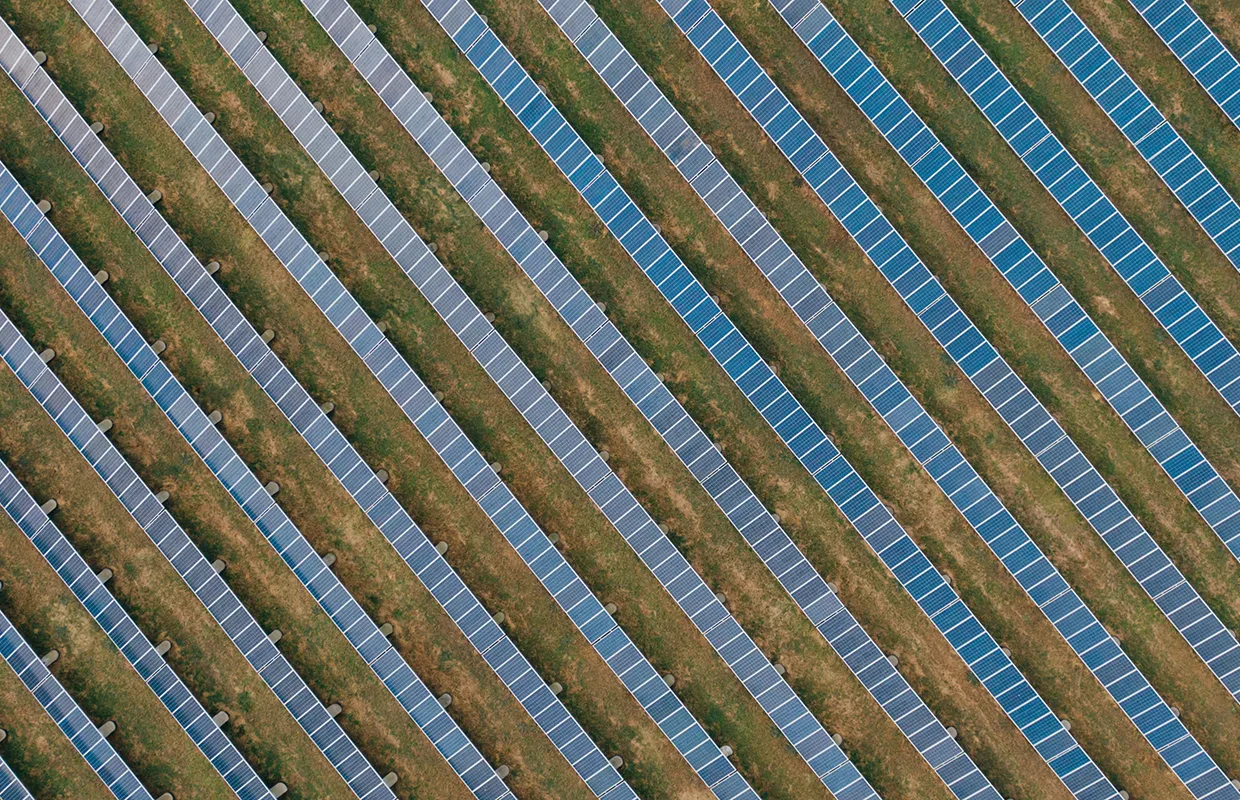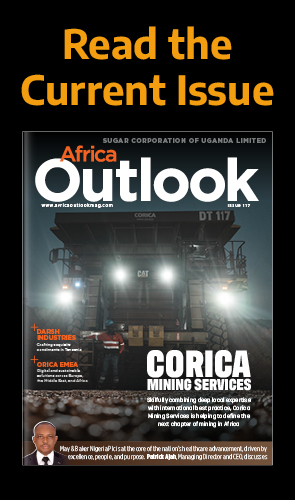SOUTH AFRICAN SOLAR PHOTOVOLTAIC SPOTLIGHT
More than 500 million people living in Africa currently have no access to electricity, but this could be about to change.
In recent years, there has been an exponential increase in the installation of solar photovoltaic (PV) technology by homeowners, businesses, government, and industry in South Africa (SA).
These installations have been driven largely by a combination of supportive local government policy frameworks, above-inflation electricity price rises, and decreasing technology costs.
As such, SA is one of the foremost nations pioneering solar power across the entire continent.
This can be partially accredited to the nation’s abundance of sunshine, making it the perfect candidate for this alternative natural energy source, as SA continues to transition away from a more traditional but environmentally harmful reliance on fossil fuels.
The birth of renewable technologies coincides with the exciting potential to create fresh industries, more jobs, and enact localisation across the value chain.
As a result, there now exists a competitive landscape of numerous private renewables companies, all looking to provide businesses with solar PV solutions that secure their electricity supply and support the country’s socioeconomic development.
The current electricity sector structure and energy mix in SA presents an opportunity for reform, particularly for increasing the share of renewables. SA’s targeted energy mix by 2030, as per the Integrated Resource Plan (IRP), comprises an installed solar PV capacity of more than 8,000 megawatts (MW), accounting for just shy of 11 percent of the total energy mix.
This reflects the bold declaration of intent by SA to develop scalable, reliable, and sustainable energy solutions to achieve universal electricity access by the end of the decade, supporting the much-needed sustainable socioeconomic development of the country.
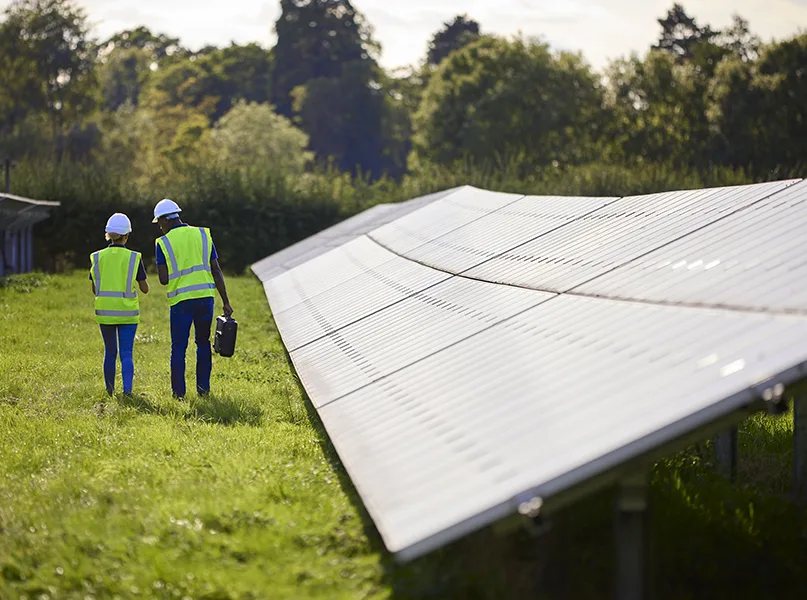
Q&A WITH THE SOUTH AFRICAN PHOTOVOLTAIC INDUSTRY ASSOCIATION
As the voice of the solar PV industry in SA, the South African Photovoltaic Industry Association (SAPVIA) has been at the heart of the nation’s energy transformation. We catch up with CEO, Rethabile Melamu, to find out about the industry’s exciting developments and what the future holds for the organisation
Within a competitive marketplace, SAPVIA was formed to represent the collective voice of the solar PV industry in South Africa.
Its vision is to ensure that solar PV becomes the electricity generation technology of choice in both SA and sub-Saharan Africa in support of socioeconomic development targets.
Meanwhile, SAPVIA’s mission is to mobilise support for the sustainable growth of solar PV in SA and beyond whilst staying true to its values of consistency, cohesion, and collaboration.
Firstly, could you talk us through what SAPVIA has been up to in the last 18 months since we last spoke?
Rethabile Melamu, CEO (RM): Reflecting on the previous 18 months fills me with a sense of achievement and optimism. Whilst I have been at the helm of SAPVIA for just over two years, I am standing on a solid foundation that was established just over a decade ago.
Therefore, it is befitting to celebrate 10 years of SAPVIA, its founding and current members, our local and international partners, and those that embarked on the journey in the challenging early days of the association.
In the past year, I have deliberately focused on building closer relationships with our members and partners, as that’s what makes a formidable organisation.
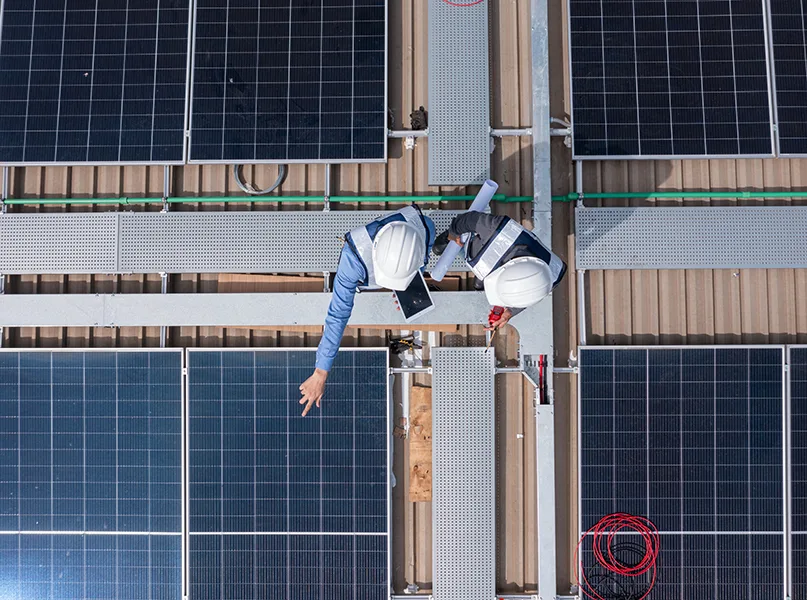
What is your updated take on the industry across SA and the broader continent?
RM: We are living in historical times. In the past year, the solar PV sector in SA has grown exponentially. Therefore, in this period of unprecedented growth, positioning ourselves as thought leaders is paramount to ensure that the sector’s credibility is protected and the role it plays is well understood. In 2024, SA is projected to become the 10th largest solar PV market globally.
This growth is mirrored by membership growth at SAPVIA. Our goal is to retain our long-standing and trusted members as we increase our footprint across the entire solar PV value chain.
What new trends continue to develop and transform the solar PV industry? How are you responding to them?
RM: One of our recent notable achievements has been our ability to gather and analyse data that benefits our members and the industry. For example, we launched a data portal that captures installed capacity with data up to Q1 2023, using satellite imagery and machine learning (ML) to accurately represent installed capacity across the country.
In our view, data is invaluable – it points to future growth opportunities and is a cornerstone for informed decision-making, whether for corporate players or our banking members.
Data also aids our members in understanding market opportunities, helps municipalities in infrastructure planning, and equips corporations with information about deployment potential for solar PV.
Elsewhere, the role that we play as thought leader is immensely important, especially to clarify the misconceptions surrounding solar PV. We aim to be the rational voice demonstrating the benefits of the technology across various market segments.
This became particularly evident as we addressed how this can provide energy security – not only at a national level but for the individual households and businesses bearing the brunt of load shedding.
With declining costs of solar PV and various financial solutions available, it’s become a viable option for energy needs across the board. Aligning with technologies like solar PV is essential for a sustainable energy future, and it is key for us to convey that message as thought leaders.
As such, we have worked hard to communicate this across different platforms and in the past year, we were featured in numerous print and broad media, and across social media.
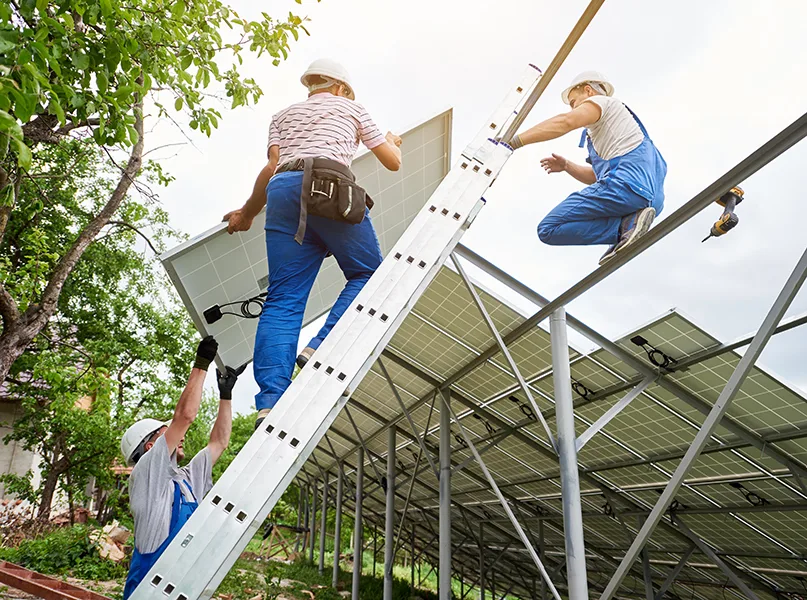
Are there any new or exciting upcoming projects that you’re working on?
RM: We believe that policy development needs to be underpinned by credible research, and so it is for this purpose that we have partnered with our European counterparts to further unpack our localisation roadmap, identifying investment opportunities for SA’s solar PV manufacturing imperatives.
In the same light, with the rapid deployment of solar, we foresee a secondary market emerging that will be crucial for reusing components that are no longer fit for commercial use, but are still fully operational and effective and able to serve purposes in other markets.
Our goal is not only to ensure compliance with extended producer responsibility (EPR) regulations, but also explore second-use opportunities and develop a comprehensive strategy for waste management.
How do you see the organisation developing over the next five years?
RM: We remain committed to addressing quality and safe installation, especially in the residential market where our PV GreenCard initiative plays a vital role. Our aim is to build trust with end-users, banking members, and insurance partners.
We’ve also tightened our compliance checks and controls, ensuring every installation approved by the association strictly adheres to the regulations, which are now robustly enforced. This aims to apply the same standards of safety and quality across all installations, regardless of the setting.
With the support of our sponsor member, Absa, we’ve also invested in digital infrastructure, making it easier for customers to find accredited installers.
Furthermore, we are acutely aware of the importance of managing solar module waste and other components when they reach end of life. We’re actively encouraging our members to comply with the EPR regulations that were introduced a few years back.
This involves a commitment to the sustainable management of component waste; an area we’re definitely prioritising. We’re also in discussions with SolarPower Europe to develop best practices for managing solar PV waste, which we aim to publish at some point in this current financial year.
“All our efforts and hard work would not have been possible without the support of a strong, knowledgeable team, which is the backbone of any successful organisation”
Rethabile Melamu, CEO, South African Photovoltaic Industry Association
In what ways have your staff contributed to the success of the association?
RM: All our efforts and hard work would not have been possible without the support of a strong, knowledgeable team, which is the backbone of any successful organisation.
We’ve been building a team that is versed in all aspects of the industry, from technical to finance, residential to commercial. Now, with a capable team, we can provide better services to our members, be more agile in our operations, and I can engage more closely with members, which is vital for our advancement.
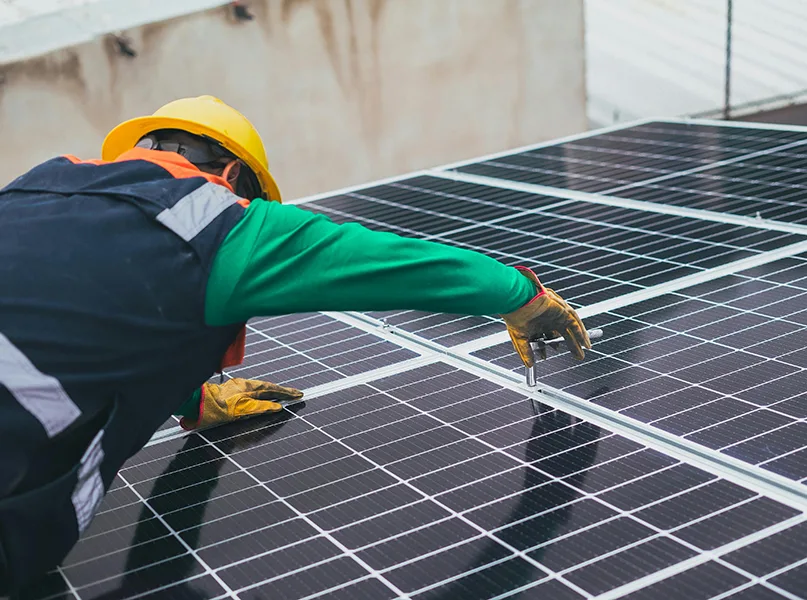
Going forwards, what specific targets does SAPVIA hope to achieve in 2025?
RM: Over the next year, our focus will be on advocating for more widespread deployment of solar PV, accruing more economic benefits to the sector, and reinforcing the implementation of the South African Renewable Energy Masterplan.
Localisation and the manufacturing of components will also be key. Additionally, we want to roll out more skills development initiatives and expand our membership to include energy users, not just producers and service providers.
We also plan to demystify power purchase agreements for potential energy offtakers and work with relevant stakeholders on unlocking grid access, particularly in resource-rich areas.
We remain in good financial health but are well geared to grow and diversify our revenue steam in the coming year.



